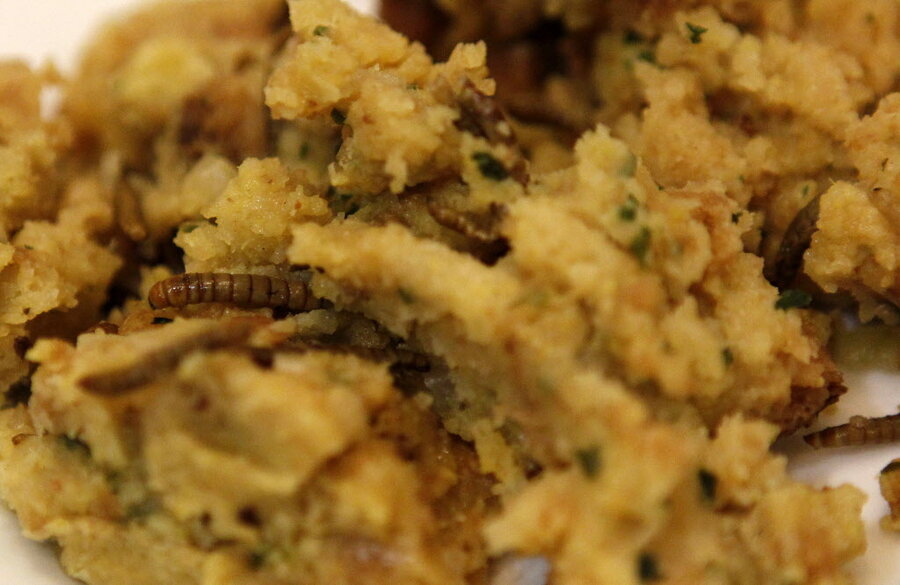Could mealworms solve our plastic problem?
Loading...
Researchers at Stanford University have finally figured out a partial answer to the world’s plastics problem: mealworms.
Mealworms, the larvae form of darkling beetles, can apparently subsist on a diet of foamed polystyrene, better known as Styrofoam, with no ill effects to their system, thanks to special bacteria in their guts. This could be very hopeful news in light of the amount of Styrofoam and other petroleum-based plastics we consume: Americans throw away 25 billion Styrofoam cups every year, and they will not decompose for thousands of years.
"Our findings have opened a new door to solve the global plastic pollution problem," said Dr. Wei-Min Wu, a lead researcher on the study, in a press release.
The scientists fed Styrofoam to a sample population of mealworms, while feeding their control group a normal diet of bran flakes, according to a study by the Stanford University and Beihang University research team in Environmental Science & Technology.
In the lab, 100 mealworms ate between 34 and 39 milligrams of Styrofoam – the weight of a few feathers – per day. The worms converted about half of the Styrofoam into carbon dioxide gas, as they would with any food source, and excreted the rest as biodegraded fragments.
After a month, the Styrofoam-fed mealworms were as healthy as those eating the bran flake diet, said Dr. Wu, and their waste appeared to be safe to use as compost for crops.
"There's a possibility of really important research coming out of bizarre places," said Craig Criddle in the release. Dr. Criddle is a professor of civil and environmental engineering who supervises plastics research by Wu and others at Stanford. "Sometimes, science surprises us. This is a shock."
In 2009, a Taiwanese high-school student named Tseng I-ching discovered the bacteria that enables mealworms to digest Styrofoam safely, but could not identify how the process occurs.
In the next leg of their scientific journey, the researchers at Stanford and Beihang will investigate whether mealworms and similar insects can consume polypropylene, microbeads, or bioplastics. In addition, they want to find out how the mealworms' Styrofoam-based diet affects animals further up the food chain.
Dr. Wu and his colleagues are also interested in finding a marine counterpart to the mealworm, to address the nearly 5 trillion tons of plastic floating on the world's oceans.








